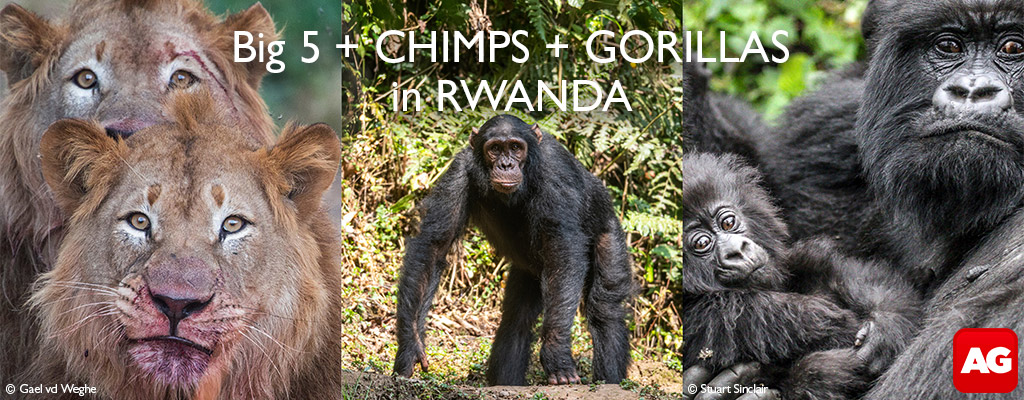
NEWS DESK POST with information sourced from RFI
In an exciting discovery, a large herd of about 250-300 elephants has been spotted in Nigeria’s far northeast corner, close to the borders with Cameroon and Chad. It is the first reported sighting of elephants in the region since Boko Haram invaded the area a decade ago.
Up until a decade ago hundreds of elephants used to migrate through the region, with three major migration routes passing through Sambisa Forest, a reserve in Nigeria’s Borno State that is the size of Belgium and The Netherlands. This reserve became synonymous with Boko Haram terrorism as the same migration routes were used by insurgents to escape military bombardment. The heavy exchange of artillery fire between the military and the insurgents drove most wildlife away from the reserve.
Up until now, it had been unclear what happened to the elephants that once roamed the Sambisa Forest and savannahs in Borno and Yobe states.

This large herd of elephants was spotted a few kilometres from Rann during a humanitarian mission carried out by helicopter. Rann has become a place synonymous with the horrors of the insurgency.
“We have dispatched our director of forests Peter Ayuba, to confirm the sighting and to carry out an impact assessment,” said Kabiru Wanori, Borno State’s environment commissioner.

Although the great elephant census did not cover Nigeria, it was estimated that there are 250 in the country with the largest concentration (100-150) being in Bauchi State in the Yankari Game Reserve. Yankari, under the management of the Wildlife Conservation Society (WCS), which operates under challenging political, economic, and security environment. This sighting of a previously unknown herd would therefore effectively double the estimated Nigeria elephant population. Nigeria’s elephant population includes scattered populations of both savannah elephants in the north of the country and forest elephants in the south of the country.
To comment on this story: Login (or sign up) to our app here - it's a troll-free safe place 🙂.![]()








